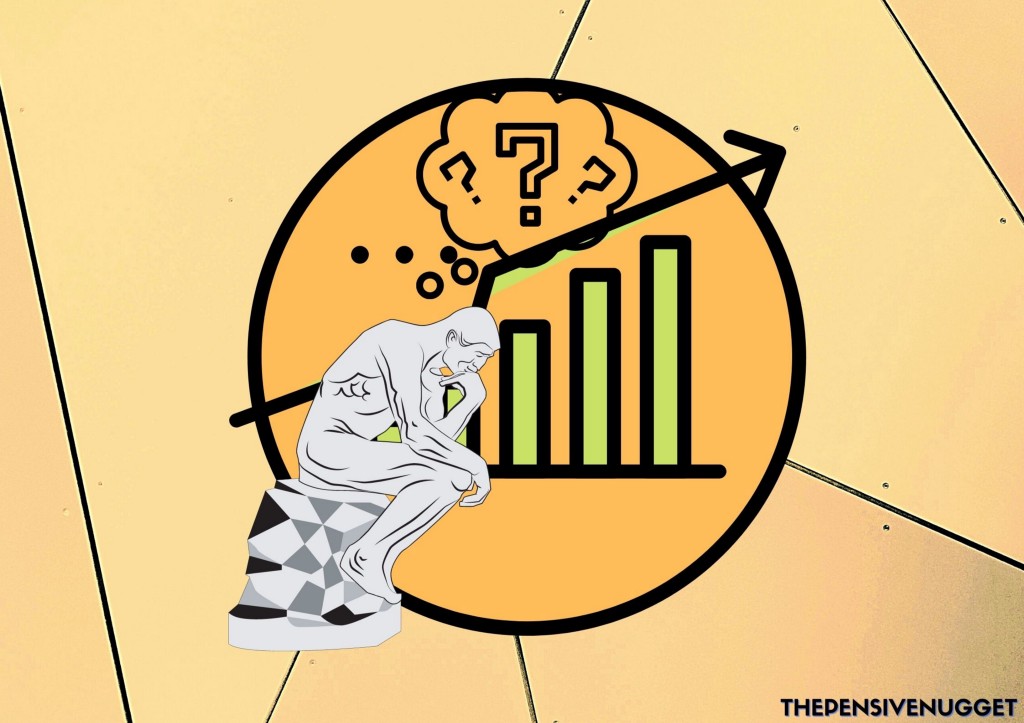Originally posted on thepensivenugget.com
Everyone has heard of the law of large numbers, but what about the law of small numbers?
In truth, there isn’t really such a law.
The turn of phrase is simply used as a parody of the actual law (of large numbers) to illustrate that humans tend to draw firm conclusions from small samples — to their detriment.
9. Believing In The Law Of Small Numbers
A common example of this would be traders coming to the conclusion that their strategy is sound after a small number of profitable trades, which is related to some degree to the recency bias.
This also applies to the opposite scenario, where a trader, after a small number of losing trades, concludes that his trading strategy is crap.
But what exactly constitutes a “small number” of trades?
After all, some trading strategies can enter and exit hundreds, if not thousands of positions in a year, while others may only do so 3 or 4 times. Obviously, whether or not a sample is too small to draw conclusions from depends on the size of the sample relative to the total number of trades a strategy makes over its lifetime.
Which raises another issue, how do we determine a trading strategy’s lifetime?
Few traders or investors have the discipline and/or the opportunity to consistently execute a single trading strategy over the course of their trading careers. (Regardless of whether or not it is a professional or amateur career).
In truth, the best, and possibly only way to determine a strategy’s “lifetime”, and generate a large enough sample of trades is through backtesting, where a strategy’s performance can be tested and charted over multiple years of historical data.
However, backtesting comes with its own set of pitfalls and caveats, and most market participants have neither the resources nor technical background to perform rigorous backtests.
Thankfully, we don’t have to be able to fully backtest a strategy to get a sense of what its “lifetime” is, or whether or not we have a large enough sample size of trading data to determine its effectiveness.
All we need to do is ensure that the strategy is executed properly over various market cycles to understand how it performs both when market conditions are favorable and unfavorable.
For example, a trend following strategy will do well when markets trend, and will suffer when markets trade sideways for prolonged periods of time.
If the strategy is capable of generating sufficient profits when markets are trending to more than make up for losses incurred when they aren’t trending, then the strategy can be considered sound. (Sufficient here being dependent on the return profile a trader is gunning for)
As such, the best way to avoid falling into a mistaken belief in the law of small numbers is by first being very aware of what conditions are favorable to its performance, and what conditions are not.
The next step is to then trade the strategy consistently, through good times and bad; refraining from drawing firm conclusions about its efficacy before the markets complete a full cycle.
Of course, we can only know when a market completes a cycle in retrospect, which makes risk management extremely important in order to not blow up your trading account before a cycle is complete!
Do you want to make money trading a crisis? Check out our course on how to do so. And don’t forget to sign up for our FREE course on how to create a trading plan!
A Message from InsiderFinance
Thanks for being a part of our community! Before you go:
- 👏 Clap for the story and follow the author 👉
- 📰 View more content in the InsiderFinance Wire
- 📚 Take our FREE Masterclass
- 📈 Discover Powerful Trading Tools
Have You Been Fooled By The Law Of Small Numbers? was originally published in InsiderFinance Wire on Medium, where people are continuing the conversation by highlighting and responding to this story.


Comments